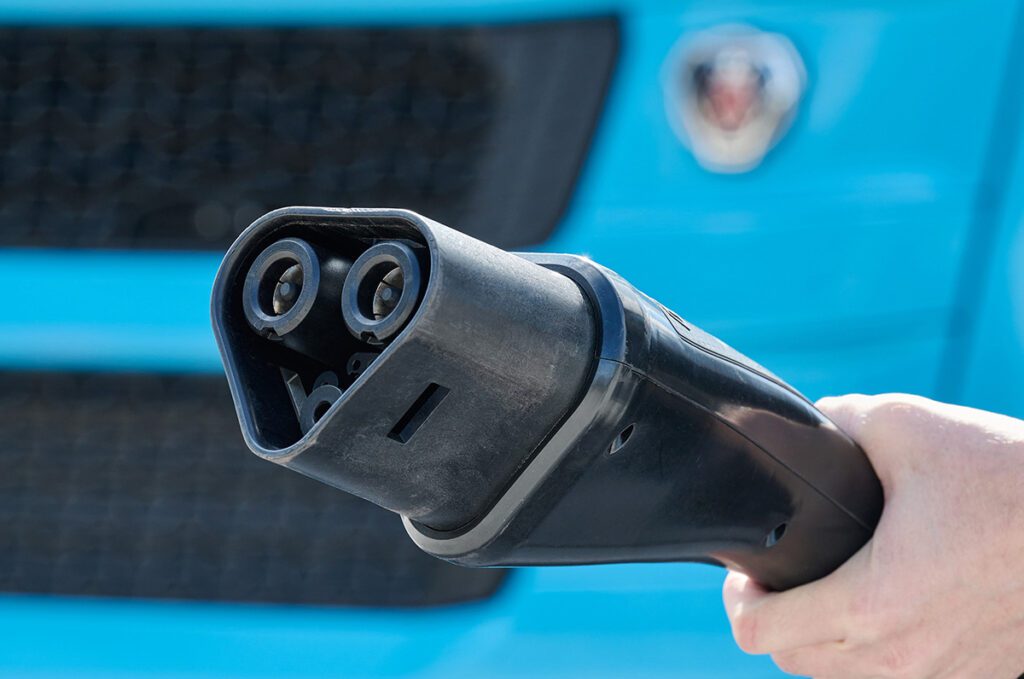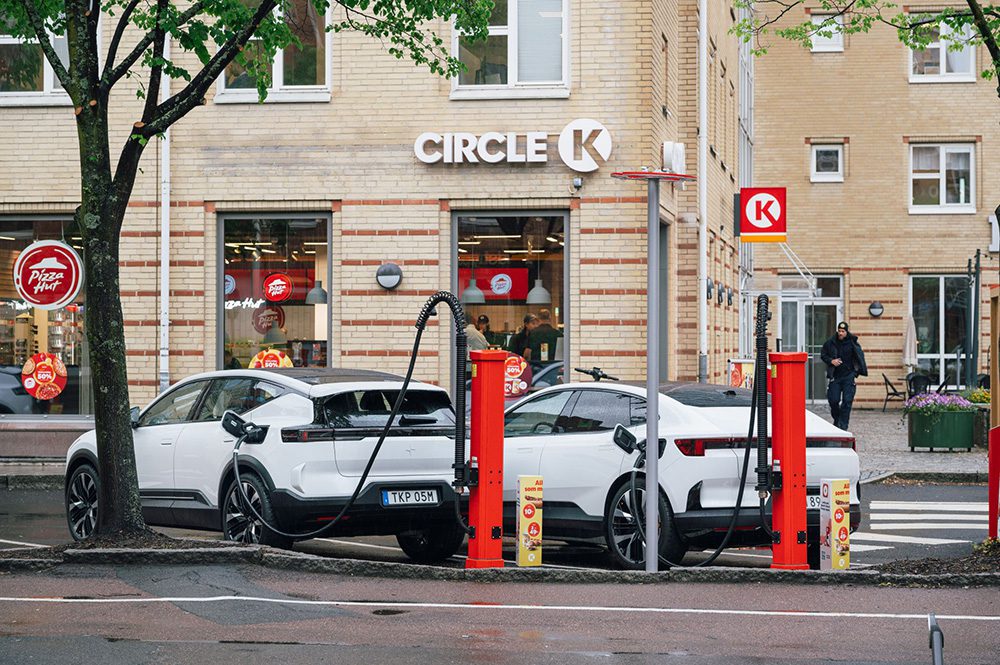Electric utilities aren’t exactly known as hotbeds of innovation. In fact, they’re quite the opposite. They move slowly, they are very conservative, and they need approval from state regulators to make any significant changes to their businesses. So the idea of a utility monopolizing the EV charging experience in its service area makes a lot of people uneasy. Private companies are afraid of losing business opportunities, and EV proponents are afraid that handing utilities all the power will stifle much-needed innovation in the charging industry.
That’s why the California Public Utilities Commission (CPUC) recently put the brakes on Pacific Gas & Electric’s dreams of an enormous deployment of 25,100 charging stations in northern and central California. The plan was to use $654 million in ratepayer dollars, adding about 70 cents more per month to a typical customer’s bill. “We must consider the requirement to protect against unfair competition and the demonstrated costs and benefits of any utility electric vehicle charging station proposal,” CPUC Commissioner Carla Peterman wrote in her ruling. “We find that a more measured approach to utility ownership in PG&E’s service territory is warranted.”

In October, Governor Jerry Brown signed a new law that made finding that more measured approach mandatory. California Senate Bill 350 – aimed at reducing greenhouse gas emissions – contains provisions for encouraging drivers to choose EVs, and specifically requires utilities to invest in EV charging infrastructure and support EV adoption in a way that leverages private-sector funding, protects competition and allows consumers choices in equipment and services.
The language of the law seems to have pleased all parties in the charging industry. ChargePoint CEO Pasquale Romano, a very vocal critic of PG&E’s initial deployment plan, joined Jerry Brown at the bill signing and applauded the landmark legislation. ChargePoint told us that, while the CPUC has been reviewing currently pending applications based on a balancing test that includes competition, there was no precedent for this new role for utilities – leading to a lot of uncertainty.
Language in SB 350 now requires the Commission to review future utility applications filed after January 1, 2016 for competition, ratepayer benefits and customer choice. So, it gives regulatory certainty for how future applications by utilities will be reviewed.

Big Electric was delighted too, because the law officially awards them a central role in building out comprehensive charging networks. “We really need to have a big push for charging,” said PG&E CEO Tony Earley. “The charging station ought to be part of our grid infrastructure.”
Utilities hope the push for EVs will help offset the drop in electricity demand expected under other provisions of SB 350. By 2030, all buildings in California must double their efficiency. “Even with mass adoption of electric vehicles, we anticipate 1 to 2 percent growth in load, perhaps even flat to declining load,” says Pedro Pizarro, President of Southern California Edison.

Alas, the electric companies’ newfound love for EVs is matched only by their horror of rooftop solar, which they are “trying to smother in its crib,” Michael Brune, Executive Director of the Sierra Club, told Bloomberg. Utilities have asked the CPUC to impose extra fees and less generous net metering provisions on distributed solar generation. The proposed rules would make converting to solar power two to three times more expensive for the consumer, according to Bernadette Del Chiaro, Executive Director of the California Solar Energy Industries Association. The CPUC will rule on the issue by the end of the year.
This article originally appeared in Charged Issue 21 – September/October 2015. Subscribe now.













































































































